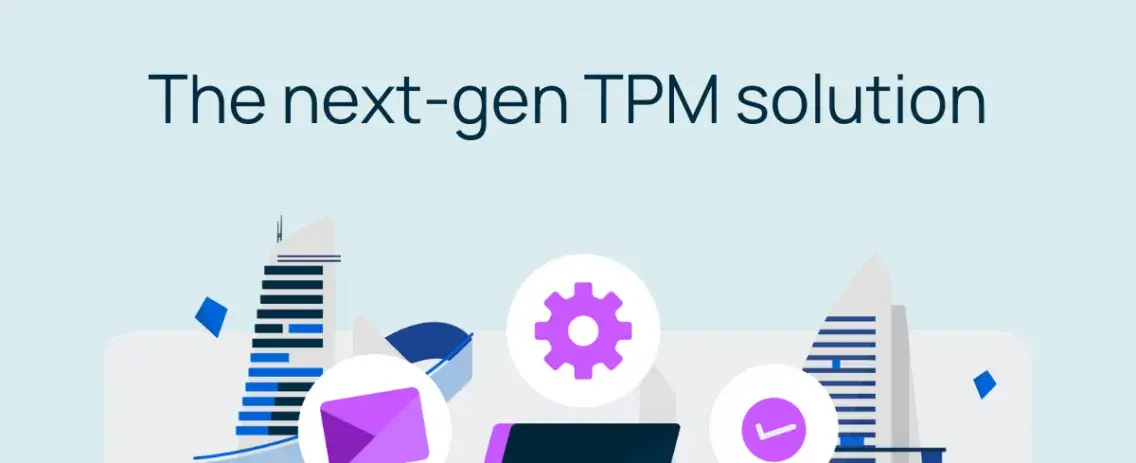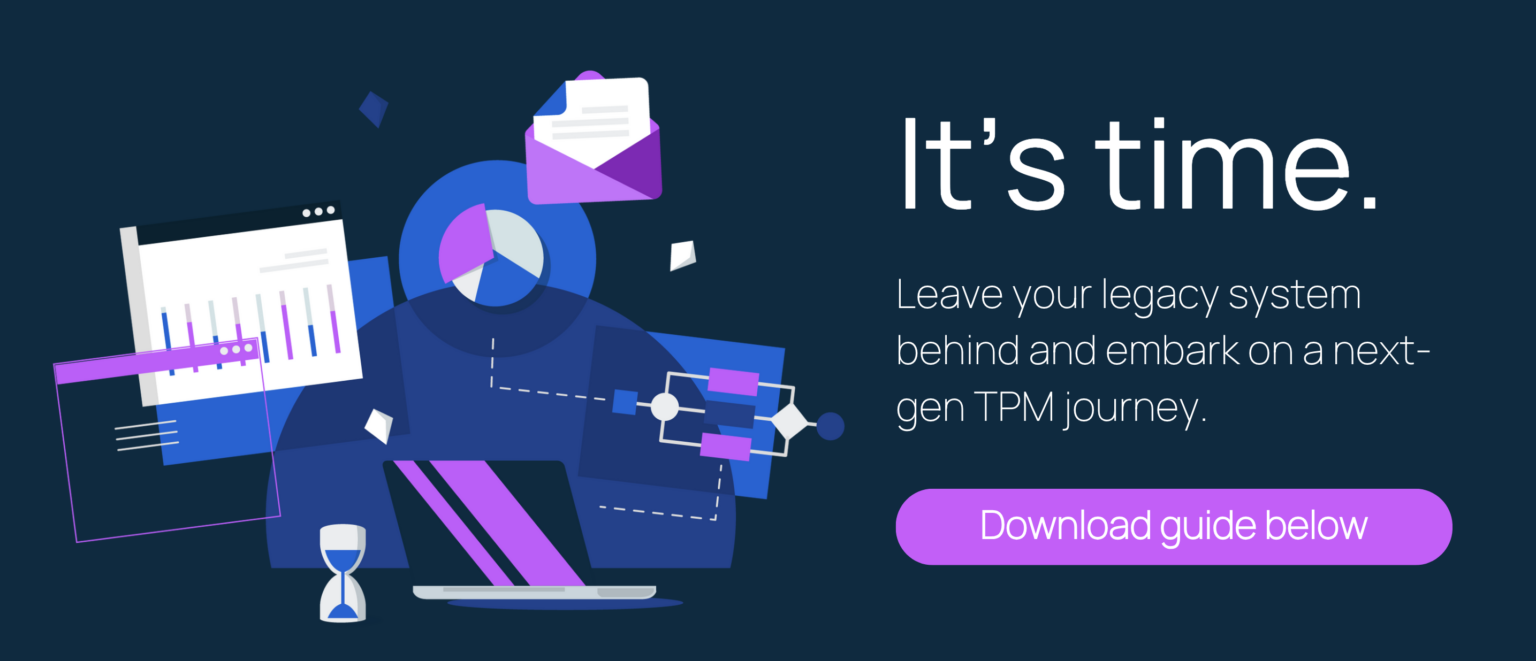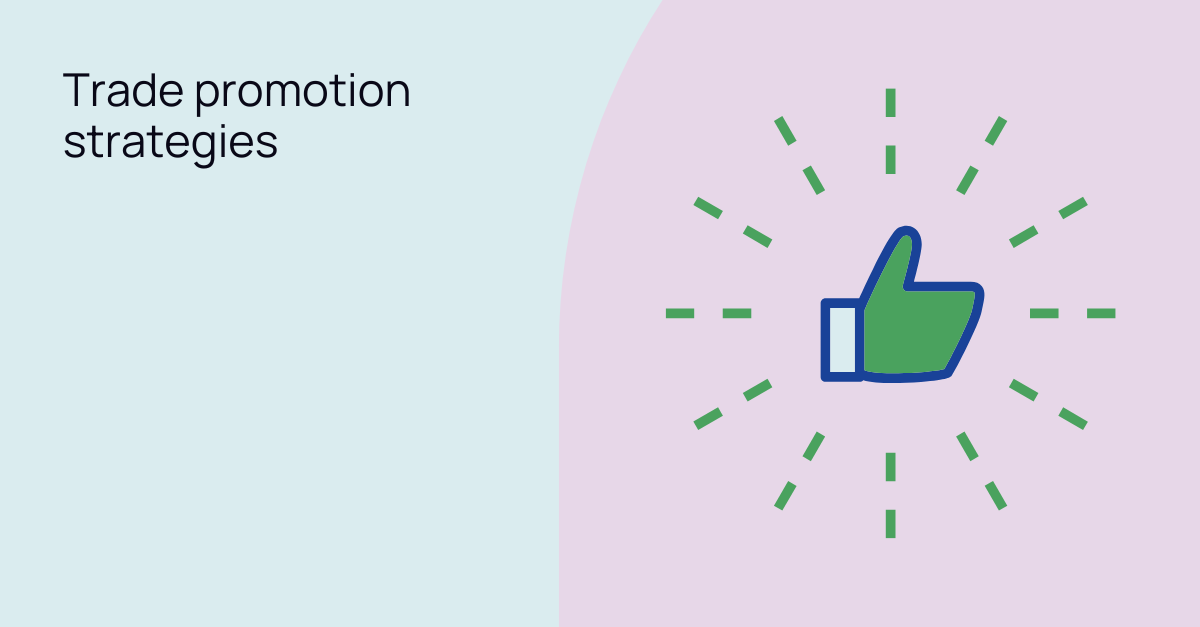
From legacy CAS to next-gen TPM solution – The complete guide
Managing price and trade investment is now more critical than ever. But legacy tools like CAS are struggling to keep up with modern market demands. As CAS approaches its sunset in 2026, businesses need to strategically plan for a seamless transition to advanced solutions, such as a next-gen TPM solution, which offers significant advantages over legacy CAS.
The importance of transitioning from legacy CAS to a modern TPM solution
Transitioning from CAS to a modern TPM solution is more than a technological shift; it’s a strategic response to the evolving technology landscape. Collaborating with PwC, Visualfabriq has developed a comprehensive playbook for this transition, ranging from nine to eighteen months. This approach emphasizes a human-led and tech-enabled strategy to navigate through outdated technology constraints and position companies for sustained growth.
Next-gen TPM solutions provide various advantages, such as flexibility, scalability, and serving as a one-source-of-truth solution.
The evolving IT landscape within CPG organizations highlights the need for advanced tools to drive revenue growth. The shift to Holistic Enterprise Planning (EPx) marks a move away from traditional trade promotion management. It now also includes revenue growth management, pricing, forecasting, and optimization across the entire value chain. With TPx and RGM capabilities shaping holistic EPx, businesses can revolutionize their value chain.
Data is a key success factor. Establishing an enterprise data and analytics owner fosters transparency, consistency, and accuracy. This streamlines forecasting and leads to downstream benefits. Transitioning from legacy CAS to a modern TPM solution is not just about replacing an outdated tool. It’s a strategic move towards modernization, aligning with CPG industry trends, and positioning companies for sustained growth.
Planning a smooth transition to replace legacy systems
The transition process comprises three key steps:
- Capability diagnostic to prioritize needs and define the TPM/TPx operating model
- Strategic technology selection for seamless integration
- Precision planning outlining implementation costs and benefits.
By starting with a 3–5-week capability diagnostic, businesses can focus on their change journey while mitigating common migration risks. This ensures they address current needs and position themselves for future success.
Again, transitioning away from legacy TPM is more than just discarding an outdated tool; it’s a strategic maneuver to embrace modernization and position for sustained growth. Together with PwC, Visualfabriq offers businesses a roadmap for this transition, ensuring they address current needs while preparing for future success in the modern CPG landscape. This transformative journey unlocks strategic advantages, turning the transition into an opportunity for growth.
Download the full guide now to:
- Explore the limitations of legacy tools and compare them to next-gen TPM solutions.
- Learn how to select new software.
- Plan for a smooth transition to next-gen TPM software.
- Explore the game-changing features of a modern TPM solution.
- Make the right choice for your business.
Start your journey towards revolutionizing price and trade investment management today.


.png)

